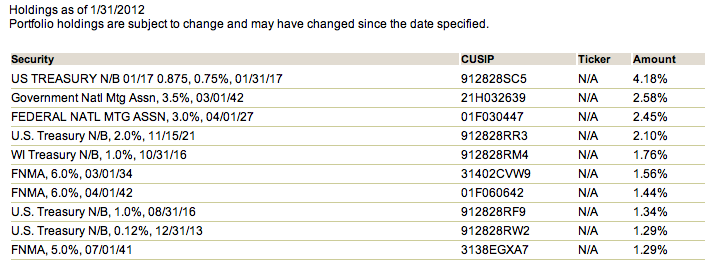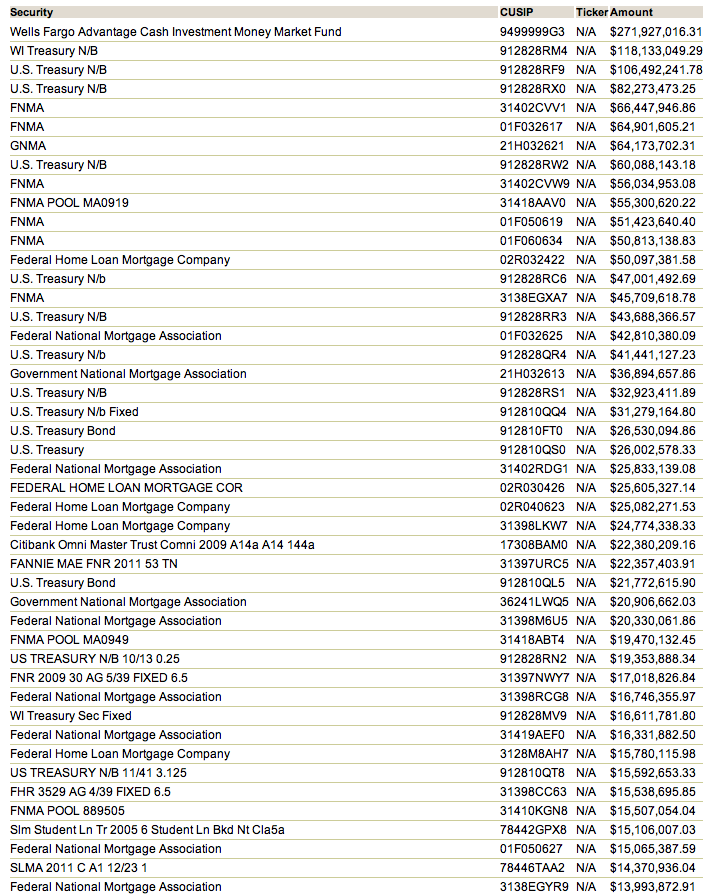Dividends are great in and of themselves. (See our recent post on dividend yields.) Dividing them by another quantity, such as the price of the underlying stock, is a distraction at best and misleading at worst.
The S&P 500 came up with an easily calculable set of presumably desirable stocks called the “Dividend Aristocrats”. It works like this: a talent agent gets a phone call from a guy who says, “I have this amazing act. It’s me, my wife, our daughter and our son…”
Alright, it really works like this. The S&P defines a dividend aristocrat as any company with a $3 billion market capitalization, at least $5 million of which changes hands on an average day. And the company must have increased dividends every year for the last quarter century.
This is venturing dangerously into technical analysis territory (i.e., looking at charts instead of fundamentals.) Furthermore, it gives no leeway. A stock that pays a 25¢ dividend one year, then pays a 25¢ dividend the next, even when the consumer price index has risen <1%, doesn’t qualify.
Worse yet, the dividend aristocrats method looks a little too closely at past performance. Yes, what a stock did is important. What a stock did 25 years ago, back when it had a different management team and board of directors, is less important. Whatever the company is and whatever it does, its place in the economy did not remain unchanged. Since 1987, paper manufacturing got a lot less important, and internet search a lot more, but even the industries in the middle moved in some direction. And that movement could well have compounded every year. Fully half the companies on the Dow of 25 years ago are no longer there. (14 of them were replaced, including a couple that went bankrupt, and the 15th, Texaco, merged with Dow stalwart Chevron.)
Please understand that you need to look at more than indicators before committing to a security. Remember, a stock price is nothing more than an opinion. A consensus opinion, really, or a combination of opinions distilled into one number, but one formed by opinions nonetheless. That means that a stock price is as fickle as your teenage niece’s musical tastes.
Wait. I thought this post was about dividends, not stock prices.
It’s about dividend yields. We’re saying that the denominator of a fraction is just as important as the numerator.
More to the point, the two are only tenuously related. Sports analogy coming up.
Cam Newton led the NFL in yards per rushing attempt this season at 5.6 (among all players with at least 7½ carries a game.) That makes him the most valuable running back in the league, doesn’t it? If he were a free agent, any team that signs him and makes him their primary running back would be guaranteed a Super Bowl victory, right?
Yeah, except he rushed for only 706 yards. (Primarily because he’s a quarterback, not a running back.) We’ll take Maurice Jones-Drew’s additional 900 yards, thanks.
The very phrase “dividend yield” implies that the dividend is somehow connected to the stock price. It isn’t. The dividend is connected to whatever the management team wants to pay out. More to the point, the managers have to set the dividend low enough that it doesn’t eat up too much of the company’s profits, but high enough to attract investors and keep them happy. (Keep in mind that the managers and directors themselves own plenty of the stock themselves.)
CME Group is the parent company of the Chicago Mercantile Exchange, and also owns at least a piece of several other exchanges. (What, you thought stock exchanges were public utilities, like the water company?) CME Group also owns the Dow Jones indices. We’re not sure how you can own numbers, but CME Group manages to and with a market cap of $19 billion, they don’t need to answer to us. CME Group paid dividends totaling $8.92 per share last year. The company will not be folding nor becoming irrelevant anytime soon.
The raw number – $8.92 – is more meaningful and more attractive than the dividend yield. That’s because CME Group trades at about $285. Yes, it costs a lot to own a standard lot of CME. That’s the point. 100 shares will cost you most of America’s per capita salary, and give you an annual payment of $892.
Are high dividend yields better than low ones?
Don’t answer yet. Let’s rephrase it slightly.
If you’re a CMG Group shareholder, do you want a high dividend yield or a low one?
You want a low one. For the dividend yield to lower, the dividend itself would have to lower. Or, what’s far more likely, the stock would have to appreciate. Chase dividend yields, and you start chasing perversions. Who cares what the dividend is doing relative to stock price? Lots of people do, but they shouldn’t. A stock like CME, trading at only 10½ times earnings, with positive cash flow, 60% off its 2007 peak, with net income increasing every year, is a bargain. And on no one’s list of dividend yield champions.
This article is featured in:







